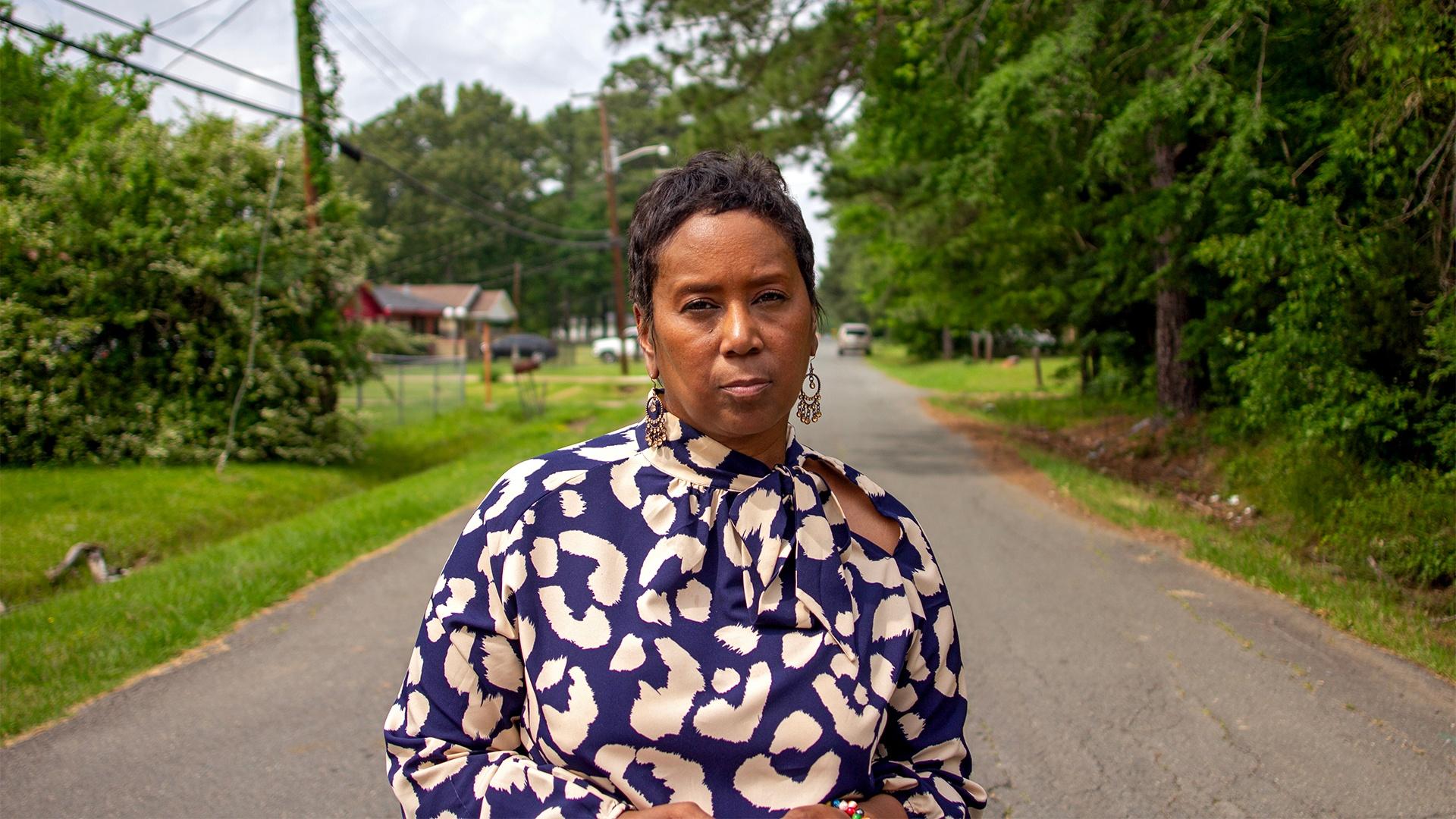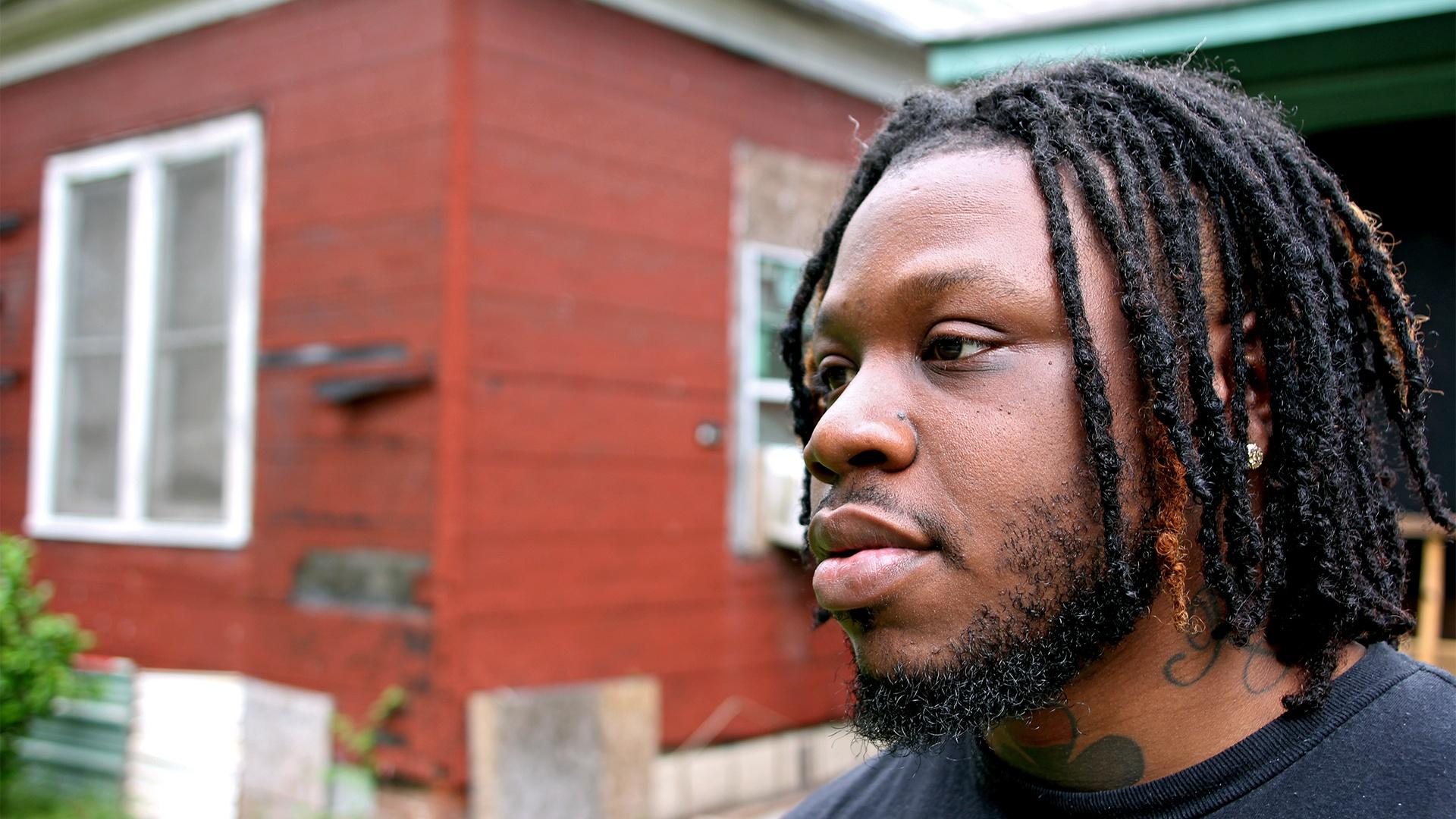Law enforcement officials aren't the only ones focused on how relationships impact Shreveport's gun violence. It's most of what Robert Bruchun thinks about for his gang violence intervention work with the nonprofit BEST 13.
He describes that role during a lunch break in his grandma's neighborhood of Lakeside, a historically Black corner of the city. As birds chirp overhead, Bruchun points to a small store now barred with plywood and describes how two elementary schools are gone.
"When people say they have nothing, like, over here, we have nothing," he said. "We don't have [any] resources."
In his view, limited job opportunities and accompanying depression in younger people, paired with strong neighborhood or gang ties, act as tinder for violence.
Bruchun's work in response is low-tech, but high stakes. When conflicts occur, he acts as an informal mediator to try to prevent retaliatory shootings and other violence. This means he spends a lot of his time in "the nightlife ... or the streetlife," trying to shore up his relationships with community members across neighborhoods.
"I've been down these roads," he said. "And I'm trying to prevent you from doing it because trouble is easy to get into, but it's hard to get out."
Though Bruchun wasn't familiar with the term, his work is akin to a credible messenger program. The approach pairs community members with shared lived experiences with people who might go on to be involved in crime to serve as mentors. They also work on violence intervention.
That work makes use of a well-known premise in criminology: that people who go on to commit crimes are often victims of violence themselves. Stopping one shooting before it happens can likely have ripple effects that extend into the future.
People end up "trapped in these cycles of retaliation, where gun violence kind of reverberates back and forth," said Densley, the violence prevention expert.
Evidence of that reverberation is apparent at Ochsner | LSU Health-Shreveport, which has a program based on intervention for children with gunshot wounds. Program coordinator Michael Nolan said when proposing the program a few years ago, their data showed rates of kids with firearm injuries that were two or three times higher than comparable trauma centers.
"We knew we had to do something," he said.
Nolan said treating gunshot wounds can be a "teachable moment" to change a child's path. The program connects kids and families with social workers' assessments and connections to services, such as mental health care, access to food and job training for parents.
While the program is only a few years old, Nolan said the hospital wants to "get it where it's a little closer to the prevention side." The program recently expanded its availability to kids with penetrating injuries from violence, such as stabbings.







